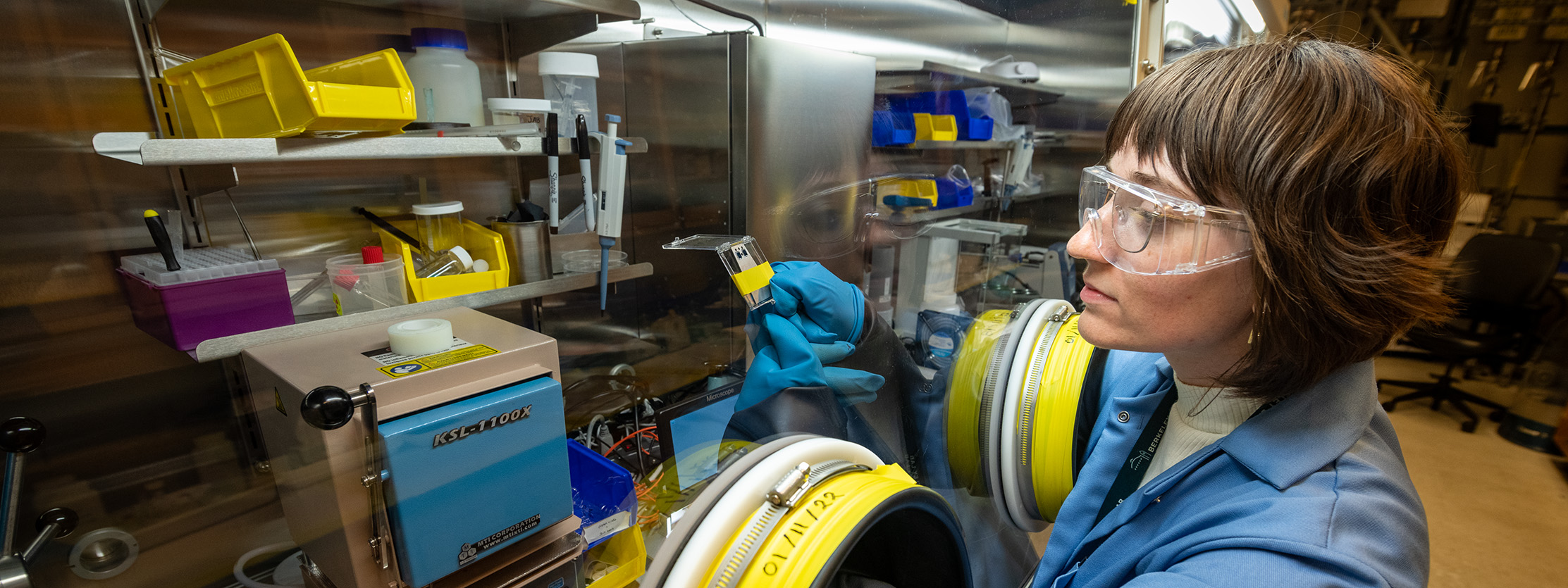Our Vision
To educate, train, and engage by providing fellows with all the tools necessary to build and sustain successful careers at DOE Labs, Plants, and Sites.
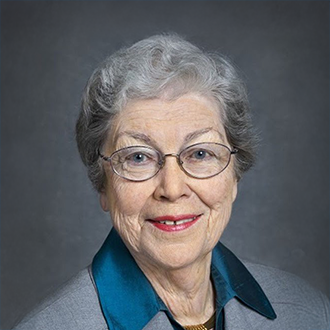
Darleane C. Hoffman, acclaimed nuclear chemist, has remained an inspiration for over 70 years. Hoffman’s many achievements include the Garvin-Olin Medal (1990), the National Medal of Science (1997), the George Hevesy Medal (2010), the Los Alamos Medal (2014), and the Enrico Fermi Presidential Award (2023). Hoffman was the first woman to receive the American Chemical Society’s (ACS’s) Award for Nuclear Chemistry and only the second woman to be awarded the Priestley Medal, the highest honor of the American Chemical Society. Hoffman began her journey at Oak Ridge and Los Alamos National Laboratories before her appointment at the Lawrence Berkeley National Laboratory in 1984. She served as a Professor Emerita at the University of California, Berkeley and has served on many national committees including the Department of Energy’s Nuclear Energy Advisory Committee. Her career has been shaped by several fellowships—one an NSF fellowship in Norway and another a Guggenheim Fellowship working in Seaborg’s group at Berkeley Lab. Hoffman’s exceptionally distinguished career in nuclear science, actinide chemistry and separations, and her pioneering work at the frontier of the periodic table helped to confirm the existence of element Seaborgium 106 named after a long-time colleague Glenn T. Seaborg.
Berkeley Lab has a strong history in conducting research in the field of transuranic chemistry. This research dates to Glenn T. Seaborg’s discovery of plutonium in 1940 and continued through discovery of 14 transuranic elements. Dr. Hoffman’s contributions to the fledgling knowledge of superheavy elements include the finding of plutonium (Pu-244) in a rock formation several billion years old, the discovery of spontaneous fission in isotopes of fermium, as well as the first chemical studies of elements 103 (lawrencium), and 106 (seaborgium) through 108 (hassium).
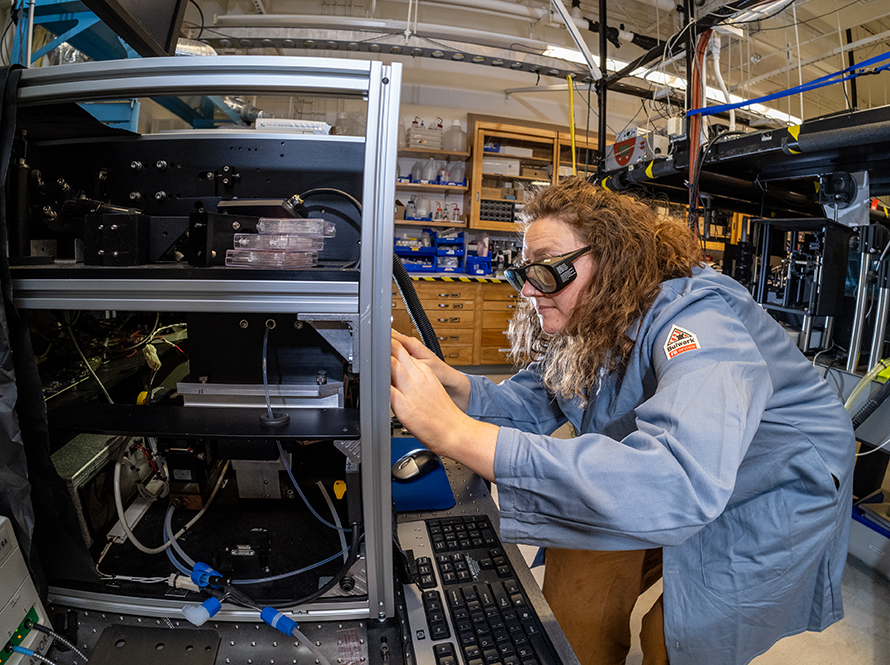
NextGen empowers fellows to enhance their skills and gain in-depth technical expertise while building a comprehensive understanding of the nonproliferation mission. Through innovative research and development, personal development, networking across DOE/NNSA, interactive seminars, dynamic workshops, and site visits to national laboratories, plants, and facilities, the program provides a well-rounded and impactful experience.
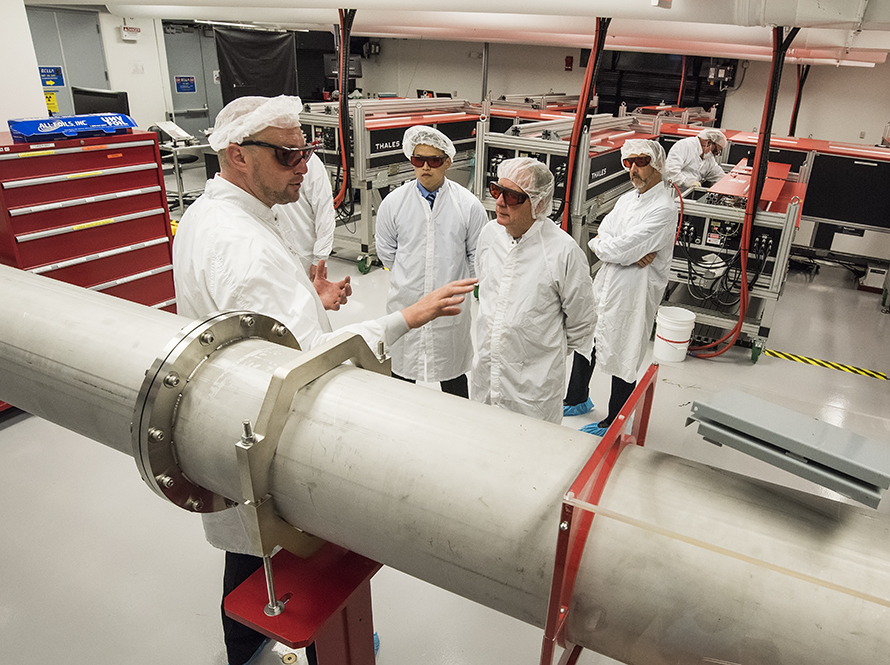
Fellows have the unique opportunity to propose and lead innovative research deeply connected to the nonproliferation mission. From defining project goals to executing them and fostering collaboration, fellows are empowered to take full ownership of their work. Research is conducted at the world-class facilities of Berkeley Lab, including state-of-the-art heavy element chemistry labs, radiation detection labs, laser facilities, and more—providing everything needed to bring groundbreaking ideas to life.
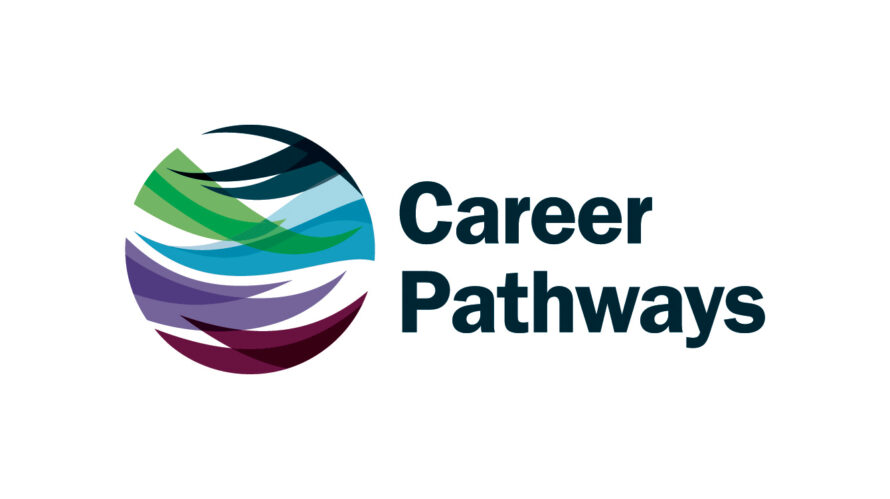
The NextGen program partners with the Career Pathways Office providing professional development resources to Postdocs and Early Career Scientists through workshops, webinars, professional career coaching, and large events such as the Berkeley Lab SLAM and the Scientific Leadership & Management Skills course. Workshops and coaching sessions are held several times throughout the year with larger events occurring yearly. These events contribute to community building amongst our Postdocs and Early Career Scientist and prepare postdocs to be future leaders.
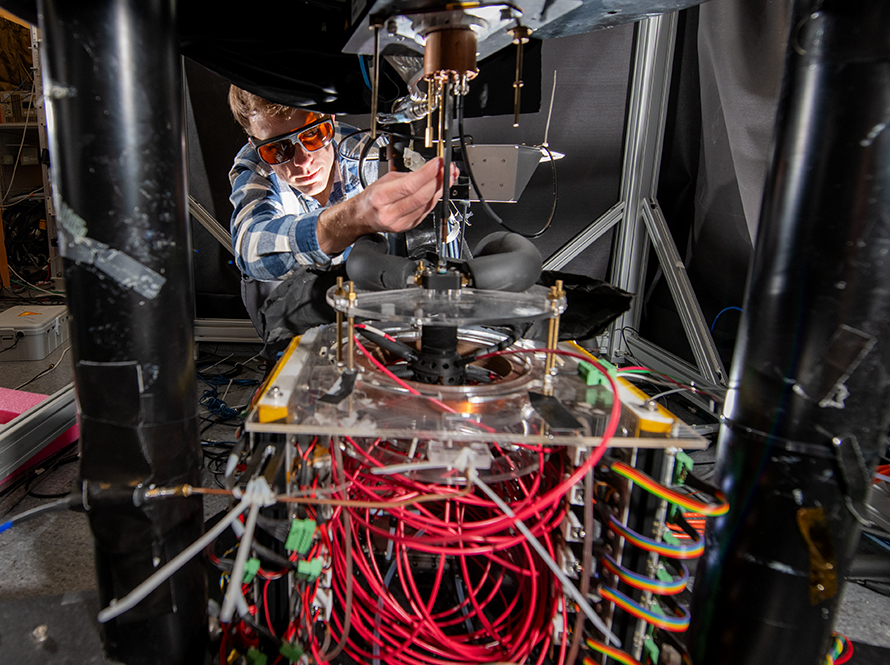
NextGen selects four exceptional fellows each year for this unique and innovative program. Applications are accepted annually from October through January. Ready to take the next step toward a fulfilling career in nonproliferation? Apply now and join a program that sets the foundation for your future success.
